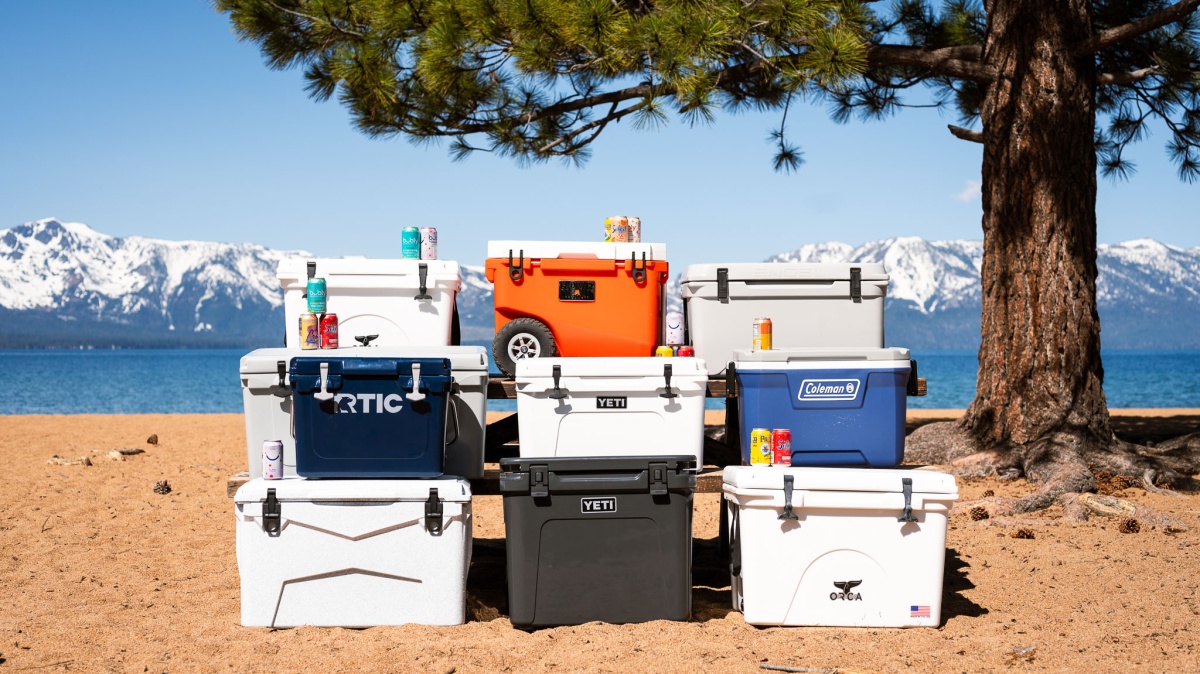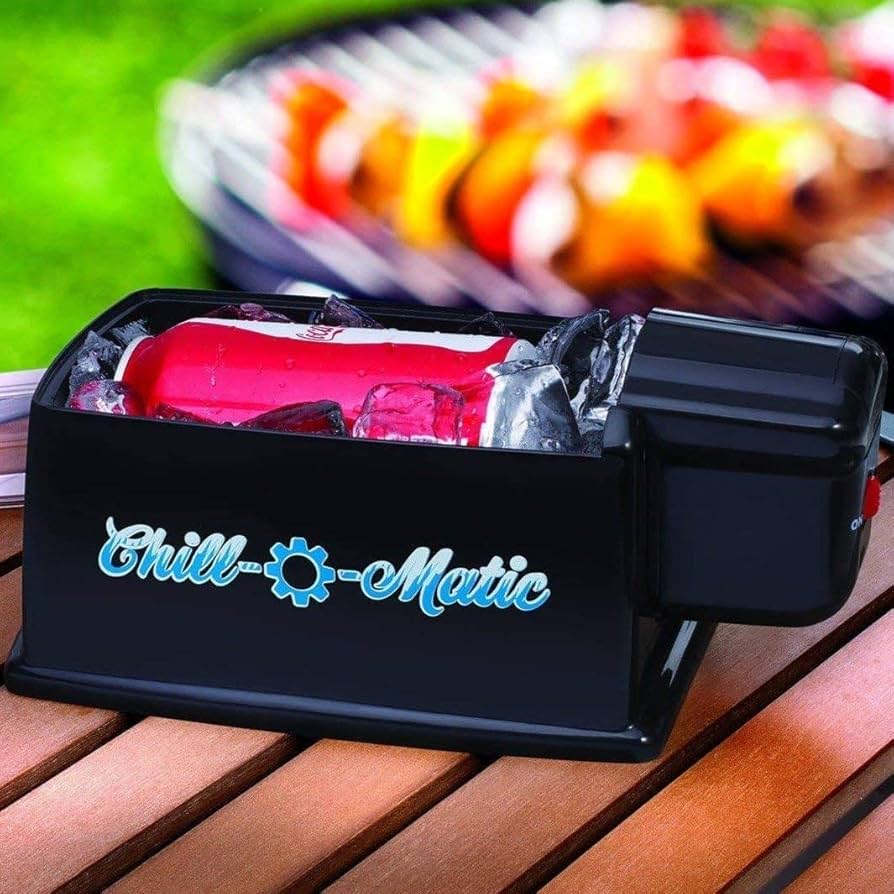Getting Started
Okay, so I got really tired of soggy sandwiches and warm drinks on my day trips. You know how it is, you pack a cooler with ice, and by midday, everything’s swimming? Regular coolers just don’t cut it for long, and those fancy electric ones cost a bomb or need you to be near your car. I figured, maybe I could rig something up myself. Something actually portable.

The Idea and The Bits
I’d seen those little desktop drink chillers using Peltier things, thermoelectric coolers they call ’em. Not super strong, people say, but simple enough. My plan was basic: grab an old cooler box I had in the garage, stick one of these Peltier modules on it, add some fans and heatsinks, and power it with a battery pack. Easy, right? So, I went online and ordered the parts:
- A TEC1-12706 Peltier module (they’re cheap).
- Two computer heatsinks, one big for the outside, one smaller for the inside.
- Two little 12V computer fans to match the heatsinks.
- Some thermal goop.
- Wires, a switch, that kind of stuff.
- Found an old 12V wall adapter for testing first.
The cooler box itself was just a standard plastic insulated one, maybe held a six-pack or so plus some snacks.
Putting It Together
First, I cleaned out that old cooler box. Then I picked a spot on the lid, seemed like the easiest place. I carefully drilled and then kinda filed out a square hole just big enough for the Peltier module. You want it snug. Then came the messy part: smearing thermal paste on both sides of the Peltier chip. Gotta get that heat moving.
Next, I sandwiched the chip between the two heatsinks. Cold side heatsink pointing down into the cooler, hot side heatsink sticking out the top. I bolted the whole thing through the lid, trying to make it tight. Then I attached the fans – bigger one on the outside heatsink blowing air away, smaller one on the inside heatsink to blow cold air around inside the box. Had to make sure the airflow was right.
Wiring was straightforward. Both fans and the Peltier module run on 12V. I just connected them all in parallel to the wires coming from my switch, which then connected to a socket for the power adapter. I used some hot glue around the edges where the heatsink met the lid, trying to seal any air gaps.
Did It Work?
Moment of truth. I plugged in the 12V adapter and flipped the switch. The fans whirred to life. I put my hand on the inside heatsink – hey, it was getting cold! And the outside one was definitely getting warm. So, the basic idea worked.
I left it running for about an hour with a thermometer inside. It dropped the temperature maybe 10-15 degrees Celsius below the room temperature. Not freezing, but definitely cool. Enough to keep drinks nicely chilled, especially if they started cold. But I also noticed a few things.

- That outside heatsink got really warm. Good ventilation is key, otherwise, the cooling stops working well.
- It started getting damp inside around the cold heatsink. Condensation. Need to figure out how to handle that, maybe a tiny drain or something.
- When I tried hooking it up to a portable USB power bank using a 12V step-up cable, it worked, but you could tell it was drawing a decent amount of power. Battery life was going to be the main challenge.
Final Thoughts
So, yeah, I basically built my own little electric cooler. It’s not magic, won’t give you ice cubes, but it definitely keeps things cool longer than just insulation alone, especially without needing messy ice. It’s perfect for keeping drinks cold for an afternoon picnic or in the car for a few hours. The main thing I learned is these Peltier things are power-hungry for the cooling they provide. You need a decent battery if you want it to run for a long time away from a power source. But as a DIY project? Pretty satisfying. It does the job I wanted, mostly, and I made it myself out of cheap parts and an old box. Beats warm soda any day.





